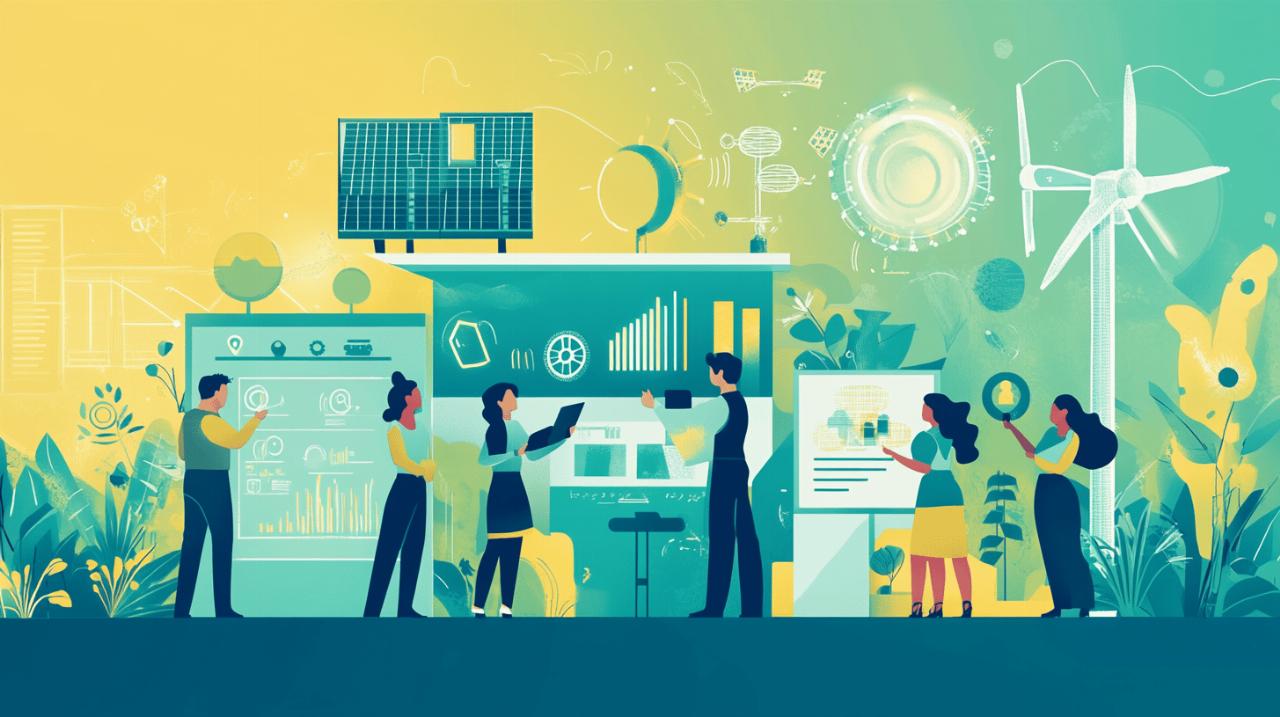The modern business landscape demands more than just selling products or services—your company must excel in guiding new customers through their first experiences with your brand. Strong onboarding systems dramatically boost customer retention rates while maximizing the lifetime value of each client relationship.
Creating personalized onboarding experiences
Personalization stands at the core of effective customer onboarding. When clients feel that their specific needs are understood and addressed, they develop stronger connections with your brand, leading to increased satisfaction and loyalty. Businesses implementing personalized onboarding see higher engagement levels and faster time to value for their customers.
Segmenting customers for tailored support
Customer segmentation allows businesses to deliver relevant guidance based on specific needs and characteristics. By categorizing clients by industry, size, goals, or usage patterns, support teams can provide targeted resources that address unique challenges. Transparent communication plays a vital role in this process—84% of clients consider transparency a key element for establishing reliable commercial relationships. Visual heat maps with eye-tracking can increase conversion rates when applied to your onboarding materials, helping identify which elements resonate most with different customer segments. Find comprehensive segmentation tools on https://puntolog.com/ that can integrate with your existing tech stack.
Implementing phased onboarding programs
Breaking down the onboarding journey into manageable phases prevents overwhelming new customers while ensuring they master fundamental concepts before advancing. Studies show that onboarding projects with five or more customer participants finish on-time 91% of the time, while projects with only two participants see that number drop to 61%. Each phase should focus on specific learning objectives with clear milestones to celebrate. Companies like Epion Health have cut onboarding time by 60 days through structured phasing, while others like Groupize save 10 days monthly through automation. Subscription services can be created with few resources and positioned organically to supplement your phased approach, providing ongoing value throughout the customer journey.
Leveraging technology in after-sales service
 Modern customer onboarding requires sophisticated technological solutions to maintain engagement and drive retention. Businesses that integrate technology into their after-sales service strategy see significant improvements in customer satisfaction and loyalty. When properly implemented, tech-driven after-sales service can reduce onboarding time, increase capacity, and create personalized experiences that resonate with customers. Many companies have documented impressive results, such as Epion Health cutting onboarding time by 60 days and Kount increasing capacity by 40% after improving their onboarding efficiency.
Modern customer onboarding requires sophisticated technological solutions to maintain engagement and drive retention. Businesses that integrate technology into their after-sales service strategy see significant improvements in customer satisfaction and loyalty. When properly implemented, tech-driven after-sales service can reduce onboarding time, increase capacity, and create personalized experiences that resonate with customers. Many companies have documented impressive results, such as Epion Health cutting onboarding time by 60 days and Kount increasing capacity by 40% after improving their onboarding efficiency.
Automating support touchpoints for consistent engagement
Automation serves as a powerful tool for maintaining regular contact with customers throughout their journey. By implementing automated systems, businesses can deliver timely, personalized communications that guide customers through the onboarding process. Sending automated task reminder emails ensures customers stay on track with implementation milestones. Statistics show that onboarding projects with five or more customer participants finish on-time 91% of the time, compared to just 61% when only two customers are involved. Companies like Groupize save 10 days monthly through automation, demonstrating the tangible benefits of this approach. Transparent communication, identified by 84% of clients as a key element for establishing reliable commercial relationships, can be maintained consistently through these automated touchpoints. Creating comprehensive, regularly updated onboarding templates further enhances this process, ensuring all customers receive consistent quality support regardless of when they join.
Using data analytics to predict customer needs
Data analytics transforms after-sales service from reactive to proactive by enabling businesses to anticipate customer needs before they arise. By monitoring customer activity and engagement during onboarding, companies can identify patterns that indicate potential issues or opportunities. This approach allows support teams to intervene at critical moments, enhancing the customer experience. Implementing regular surveys or Net Promoter Score assessments provides valuable insights into customer sentiment, while heat maps with eye-tracking can increase conversion in online stores. Companies like Moonpig.com use surveys strategically to understand their customers better, while ThriveMarket employs an onboarding quiz to create personalized experiences. The integration of customer onboarding tools with existing tech stacks like Salesforce, HubSpot, and Gainsight maximizes data utilization across platforms. This data-driven strategy becomes even more crucial as regulations like the EU Artificial Intelligence Regulation take effect in August 2024, establishing frameworks for responsible AI system development and usage in customer interactions.





